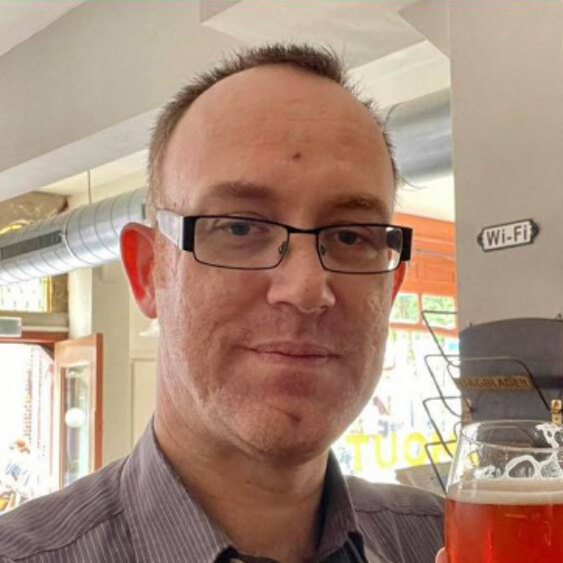The Oudegracht (Old Canal) runs from the North of downtown Utrecht to the South. There has been water here since the Romans built a fort here two millennia ago. The romans left and after a few centuries the town grew again to finally become seat of the archbishop of Utrecht and thereby a major city in the Netherlands.
Spanish oppression
When most of what is now the Netherlands fell under Spanish rule, King Floris II built a castlet next to the canal. Different from his father Charles V, he ruled the lands with an iron fist and taxed the people more than before. This castle was called Vredenburg and it became a symbol for Spanish oppression. This was not helped with the decision to put soldiers into houses, including the house of Trijn van Leemput and her husband. Their houseguests did not behave and they got into frequent fights.
The siege of the castle Vredenburg
The citizens of Utrecht rose up and in an act of defiance decided to break down the castle. Trijn was the first to hammer her pickaxe into the stone in May of 1577. The garrison had already left. Take a close look at this painting by Joost Cornelisz Droochsloot and in the foreground you can see Trijn (on the righthand side of the man in red) with her pickaxe in hand.
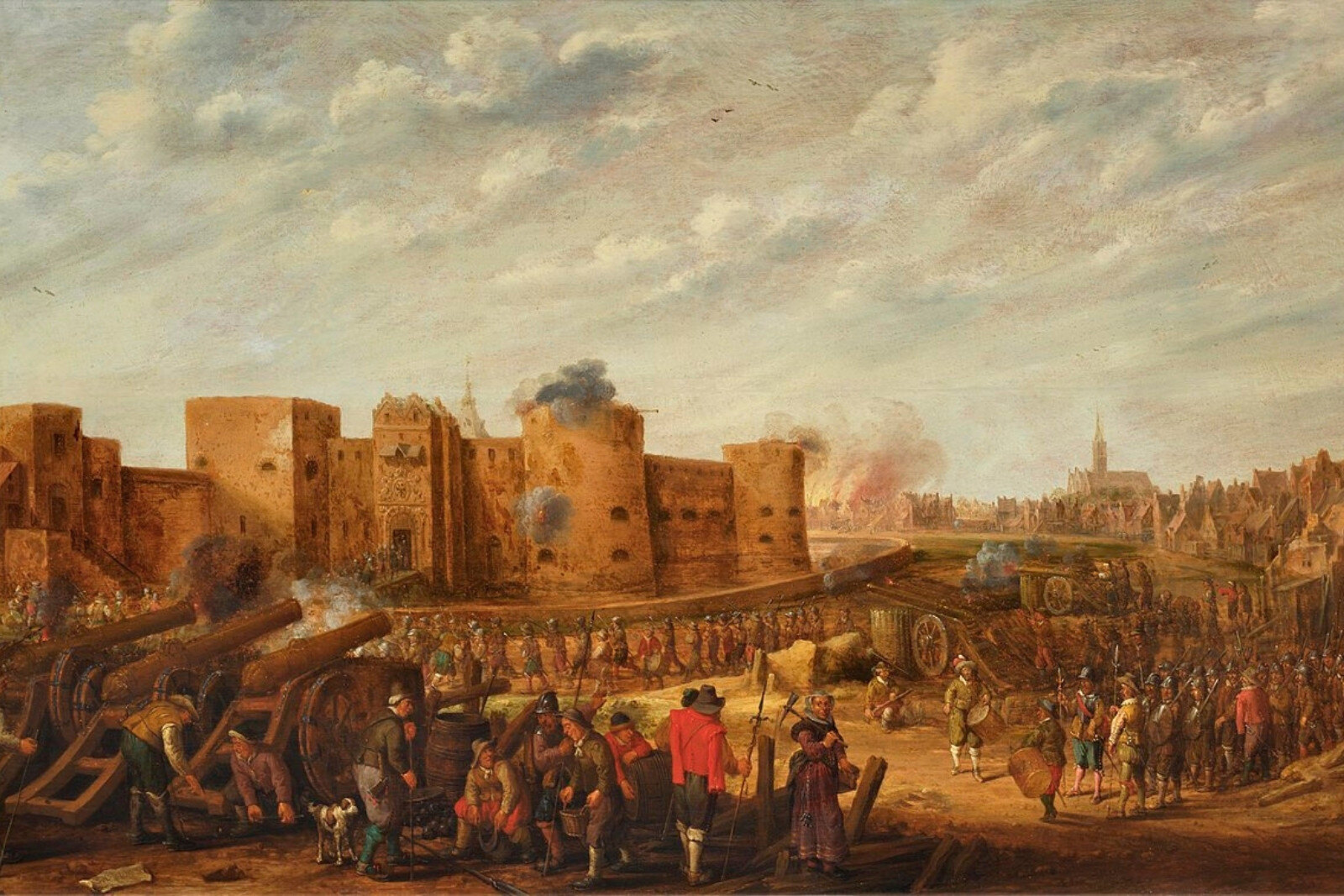
It is Trijn that brings us to beer. Trijns husband Jan Jacob was a brewer. The Leemputs lived on Oudegracht 17 in a house called De Vergulde Craen (The Golden Tap). The house was also a brewery, the name is still written on the front.
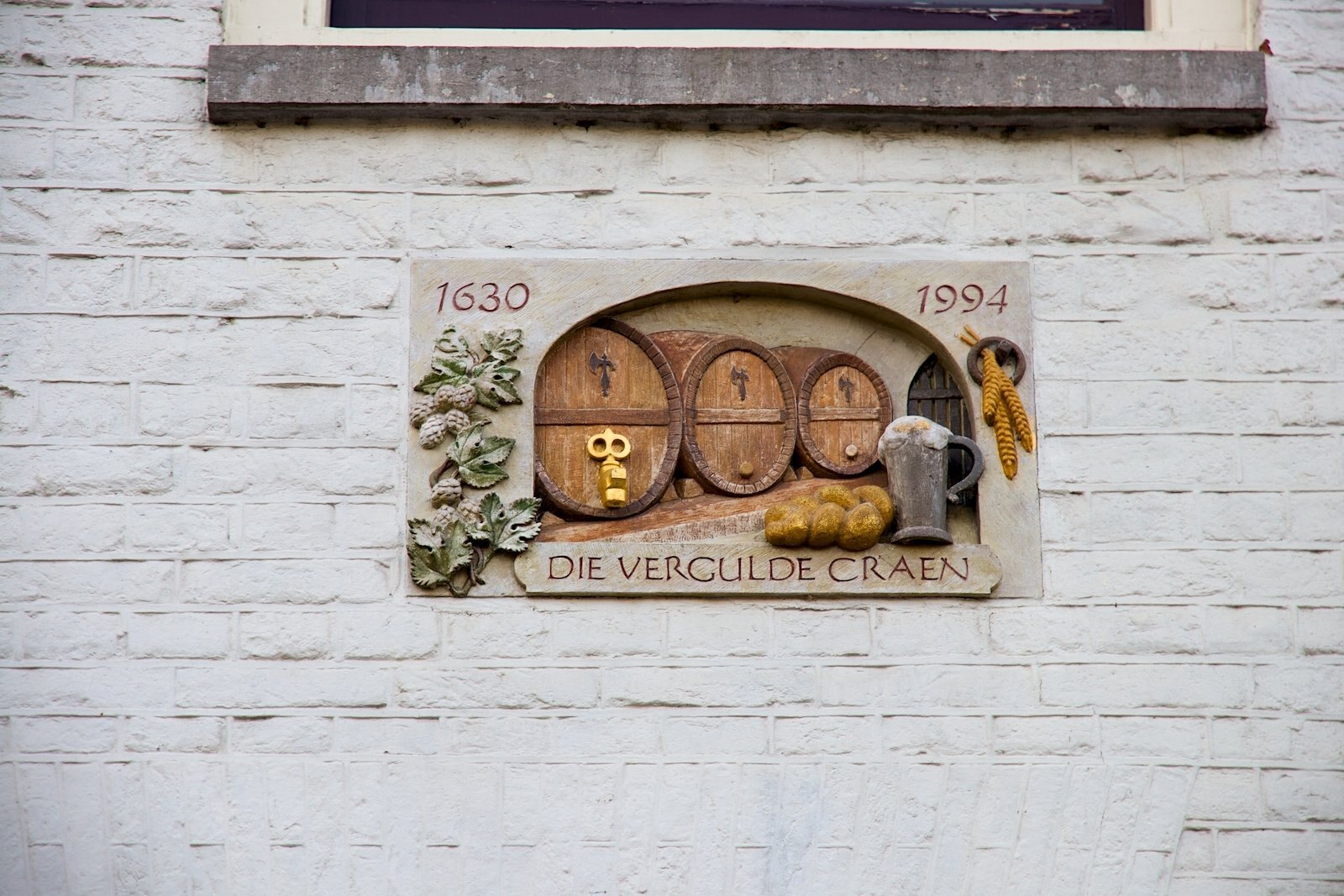
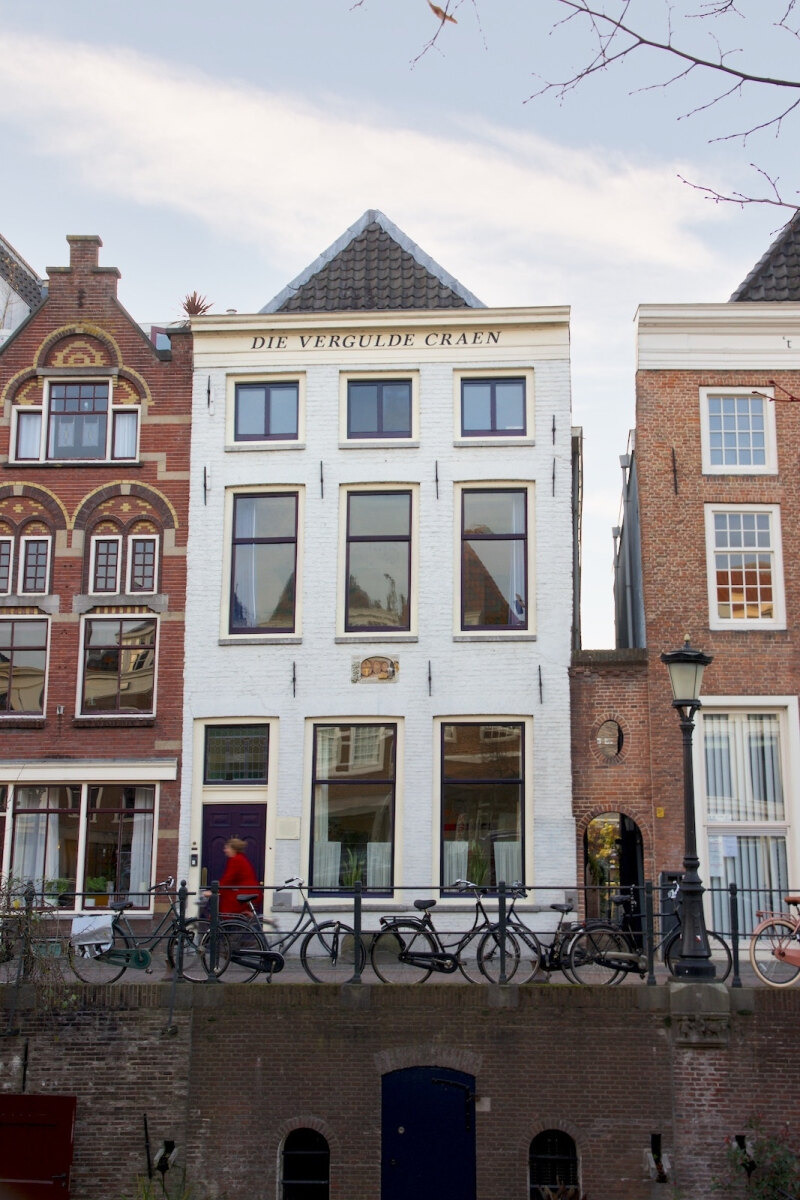
500 years later Utrecht brewery De Leckere released a beer called Gulden Craen. Jan Jacob and Trijn also owned parts of the stronghold on the city wall called De Morgenster (Morning Star), nowthe name of a good old-fashioned café on the Oudegracht.
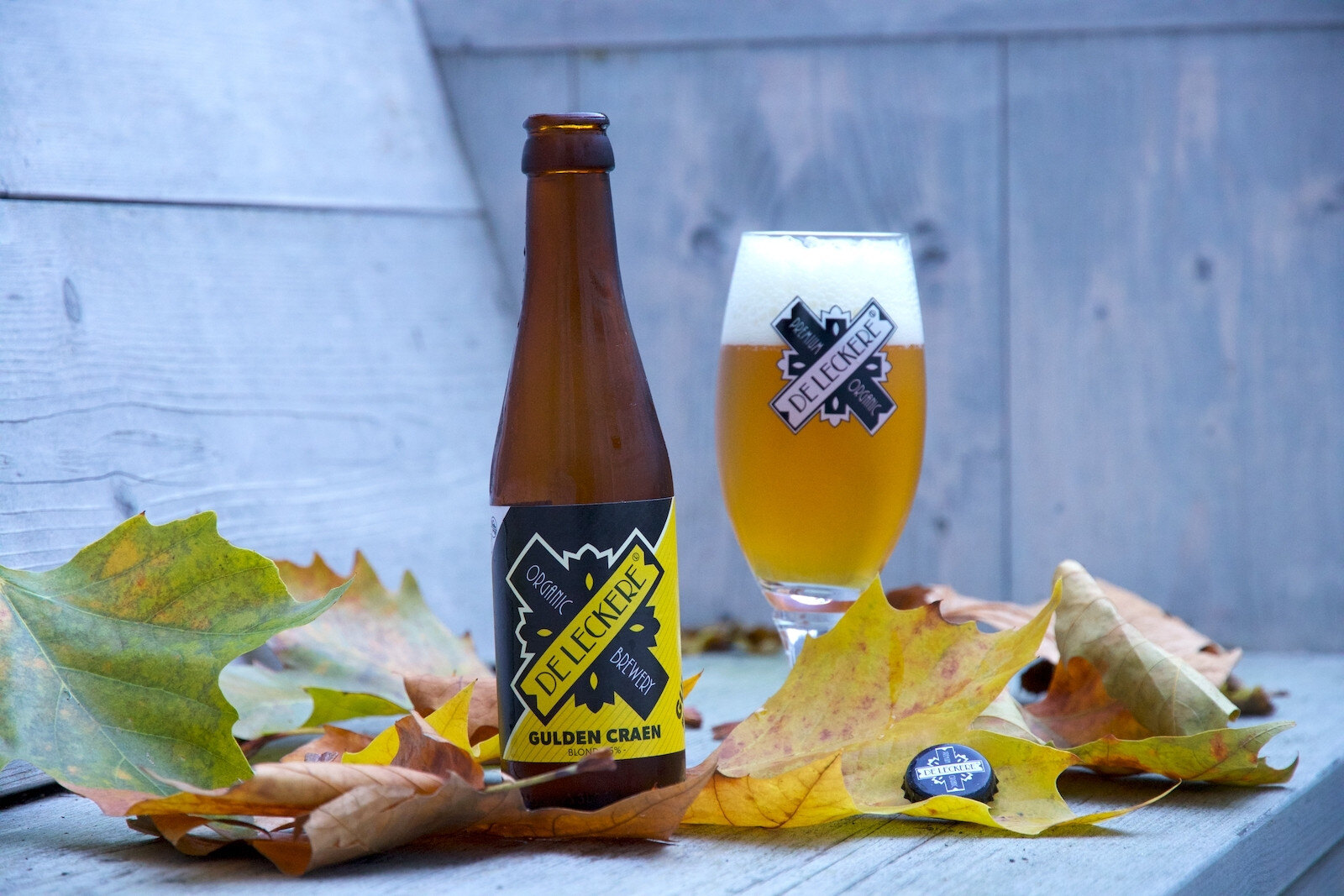
Wealthy Utrecht brewers
They also owned another house nearby the castle. This goes to show that medieval brewers were not poor. They were in fact often very wealthy and had important positions in city government. One of their daughters married a man who became mayor of nearby Amersfoort.
Their son Pieter had high positions in the Dutch East India Company. His first wife was a member of the De Witt family of politicians. The Bicker family from Amsterdam was also part of this family. Another example of wealthy brewers becoming an important political voice in city and national politics. Pieter later married a Hasselaer, a member of the family of freedom fighting brewer/investors with a long brewing history in both Amsterdam and Haarlem.
Trijn van Leemput statue
To honor Trijn they put up a statue of her at the beginning of the Oudegracht on the northern edge. She stands on a column and holds a pickaxe in one hand and a brick in the other. You might not even notice it so high up on the edge of the water. Yet she was once a real person with an important role to play in Utrecht’s history. The destruction of the castle was what made her legendary but Trijn and her husband play an equally impressive part in Utrechts beer history.
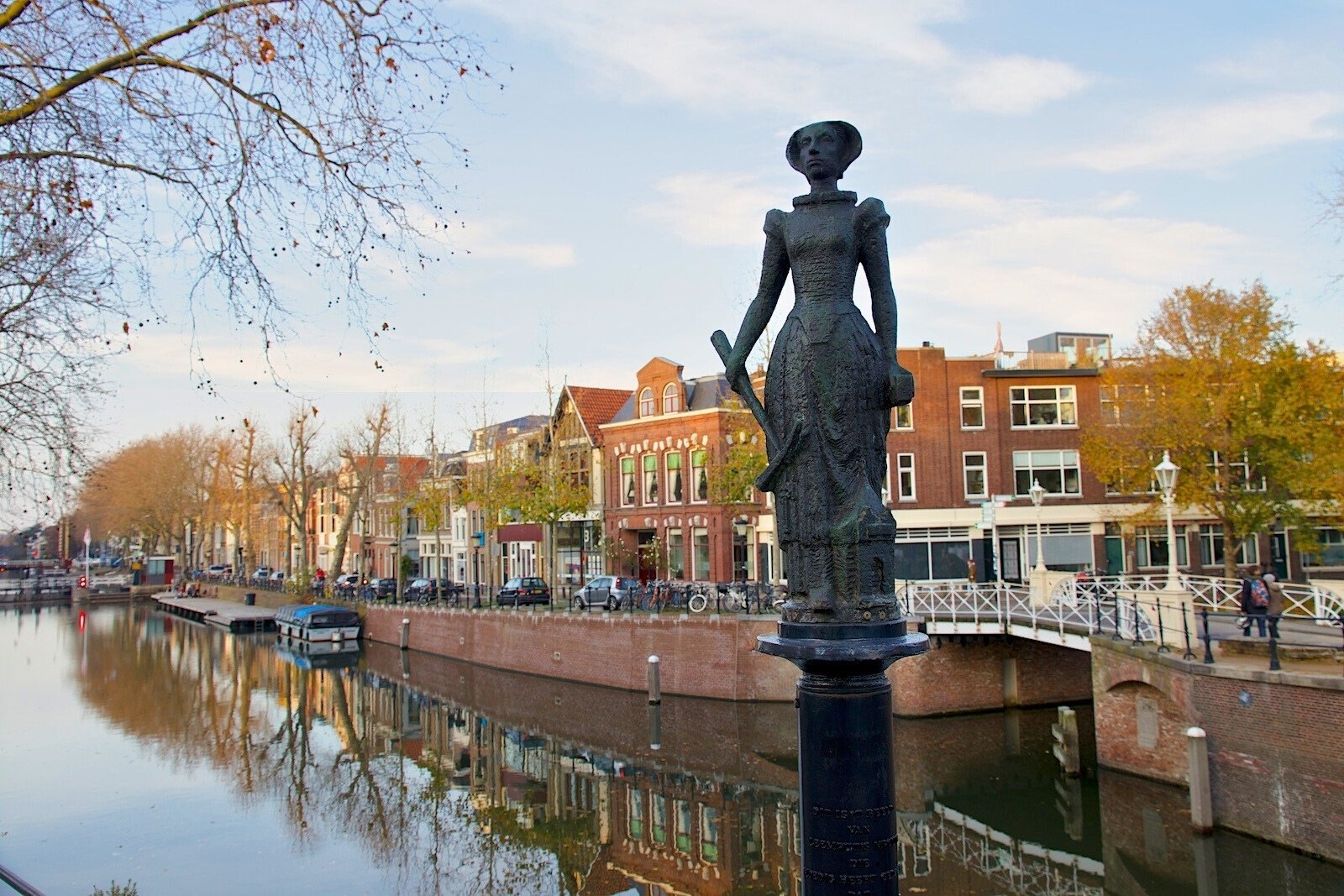
There is more Utrecht beer history on this canal. Further down is 'city castle' Oudaen and at the end you can see the large signs of brewery ‘De Boog’ . When you walk into the Twijnstraat, one of the nicest streets in Utrecht, look to your right and you will see the old signs still painted on the buildings. But the history of this little area deserves its own article in Utrecht beer history, Part 2.
Nothing is left of the Vredenburg fort, only the name remains as a well loved concerthall that attracts artists from all over the world.
Author: Martijn Buisman
Picture credits (from top to bottom):
- Banner picture and all other pictures by Tasty Tales, except 2.
- Joost Cornelisz Droochsloot: The siege of the castle Vredenburg in Utrecht in 1577 {{PD-old-70}}.
Updated: 09-03-2025

